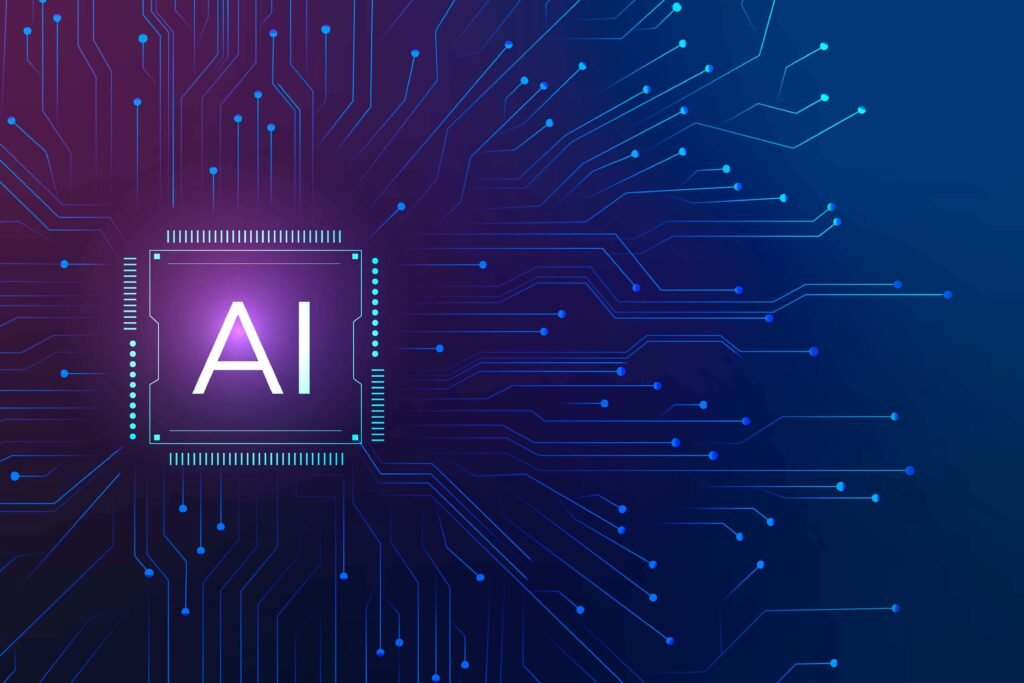The AI race is accelerating, with major tech giants and emerging startups unveiling powerful new models.

Artificial intelligence is evolving at an unprecedented pace, with groundbreaking models launching almost every month. Companies like OpenAI, Google, and Anthropic, along with innovative startups, are pushing the boundaries of what AI can achieve. However, keeping up with these advancements can be overwhelming, especially when models are often marketed using complex industry benchmarks that don’t always reflect real-world usability.
To make things clearer, we’ve compiled an updated list of the most significant AI models released in 2025. Whether you’re a developer, researcher, or casual user, here’s what you need to know about these cutting-edge systems, their capabilities, and how to access them.
Top AI Models of 2025
Google Gemini 2.5 Pro Experimental
This AI model excels in reasoning and code generation, making it particularly useful for web app development. While it outperforms many competitors in logic-based tasks, it lags slightly behind Anthropic’s Claude Sonnet 3.7 in a key coding benchmark. To use Gemini 2.5 Pro, users must subscribe to the $20-per-month Gemini Advanced plan.
ChatGPT-4o Image Generator
OpenAI has enhanced its GPT-4o model by adding an image-generation feature, turning text prompts into visuals. This upgrade quickly gained attention for its ability to create anime-style art reminiscent of Studio Ghibli’s work. Users can access it through the ChatGPT Plus plan, priced at $20 per month.
Stability AI’s Stable Virtual Camera
Aimed at revolutionizing image and video creation, this model can generate 3D-like perspectives from a single 2D image. However, its ability to handle complex elements like human movement and water dynamics is still a work in progress. Available for non-commercial research via Hugging Face.
Cohere’s Aya Vision
This multimodal AI model is designed to interpret images, answer visual queries, and provide multilingual support. Unlike many other models, Aya Vision performs well across various languages. It’s free to use via WhatsApp.
OpenAI’s GPT-4.5 “Orion”
Touted as OpenAI’s most powerful model yet, Orion boasts superior general knowledge and emotional intelligence. However, it falls behind newer models in reasoning tasks. This model is exclusively available through OpenAI’s $200-per-month subscription plan.
Claude Sonnet 3.7 by Anthropic
Positioned as the first hybrid AI model, Sonnet 3.7 can deliver both instant responses and deep analytical insights. Users also have control over processing time, allowing for more thorough reasoning when needed. Free for basic use, but premium access requires a $20-per-month plan.
xAI’s Grok 3
Developed by Elon Musk’s xAI, Grok 3 is designed to surpass competitors in coding, math, and science-related tasks. While it is said to be more politically neutral than its predecessor, its accuracy remains under scrutiny. Access requires an X Premium subscription, costing $50 per month.
OpenAI o3-mini
Optimized for STEM applications, this compact AI model balances efficiency and affordability. While it lacks the raw power of OpenAI’s flagship models, its lower cost makes it accessible. Free for basic users, with premium features requiring a subscription.
Mistral Le Chat
A fast-responding AI personal assistant, Le Chat delivers real-time information and now includes a premium version with news from AFP. Though praised for its speed, it occasionally produces inaccuracies. Available in app stores, with a paid version offering enhanced features.
DeepSeek R1
A Chinese-developed model that quickly gained traction in Silicon Valley, R1 excels at math and coding. However, concerns about censorship and data privacy have led to restrictions in some regions. This model is open-source and free.
Meta Llama 3.3 70B
Meta’s latest iteration of its Llama AI series is optimized for affordability and efficiency, particularly in math and instruction-following tasks. Open-source and freely available.
OpenAI Sora
An advanced video generation model capable of creating detailed scenes from text descriptions. While its realism is impressive, OpenAI acknowledges that it struggles with physics-based accuracy. Currently available only to paid ChatGPT users.
The Future of AI Models
With AI research progressing rapidly, new models continue to reshape industries, from software development to creative fields. While some models focus on raw computational power, others prioritize accessibility and efficiency. Staying informed about these advancements is crucial for businesses and individuals looking to integrate AI into their workflows.
As technology advances, expect even more specialized AI tools tailored to specific needs. Whether you’re a developer looking for a coding assistant or a creative professional exploring AI-generated visuals, there’s an AI model out there designed for you.















